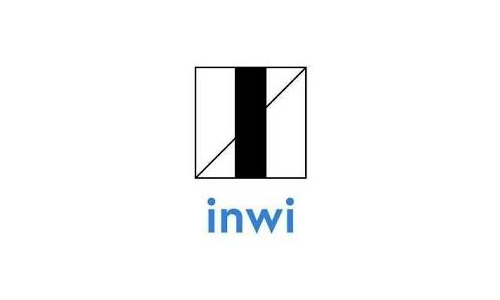Logistics market enters a period of ‘price discovery’
- €42bn invested into industrial & logistics assets so far in 2022, 50% above the five-year average
- In Q3 2022 average prime yields rose to 26%, up 20bps since Q1 2022
- Consumer spending to slow in 2023 but grow by 6% over the next two years
According to Savills, investment into industrial assets in Europe has continued to reflect the strong performance of the sector’s occupational market. European investment volumes into industrial real estate assets totalled €42bn over the first three quarters of 2022, an increase of 2% YoY and 50% above the five-year average. Investment volumes in Portugal (595%), Belgium (124%) and Italy (93%) outperformed their five-year averages by the widest margins.
Portugal (+1513%), France (+117%) and Spain (+76%) experienced strong annual growth in Q3, while momentum slowed in the Czech Republic and Hungary with no transactions in the quarter, while declines were recorded in Romania (-69%), the Netherlands (-66%), and the UK (-46%).
Andrew Blennerhassett, Savills European Research, comments, “After almost a decade of cheap capital, rising interest rates have driven up borrowing costs, leaving the commercial real estate sector to adjust to the growing costs of debt. We have started to see the impact of this in the third quarter of the year, with a decline in both the supply of assets coming to market and the number of bidders in the deals process.”
Savills has observed that the spread between prime and secondary yields is now increasing with the number of buyers willing to meet vendor expectations for prime assets falling. Market pricing has fragmented with the more established markets of the UK and Germany seeing some of the most significant falls in value owing to the record highs they previously experienced. Other markets such as Spain and Italy have seen smaller drops in value but the overall trends have been consistent throughout the continent.
Marcus de Minckwitz, Head of Industrial & Logistics, Savills EMEA, comments, “With such volatility in the capital finance markets throughout Q2 and Q3, we saw transaction volumes plummet and price discovery became more challenging. With some stability returning in Q4 we have started to see transactions again at rebase levels, supported by strong Q2 & Q3 occupier market data.”
Several industrial occupiers are already feeling the economic turmoil, with increasing energy and labour costs and lower demand due to a slow in consumer spending in Q3, with Savills recording take-up of 7.6m sqm, a decline of 24% QoQ and 16% YoY.
Andrew Blennerhassett explains, “While leasing activity has shown signs of slowing, the historically low levels of available space are likely to continue to support rental growth in the short term. In addition, a dramatic shift towards nearshoring has been apparent in the last year, with many occupiers still seeking to secure their supply chains by reshoring and stocking up on inventory.”
In terms of outlook, Marcus de Minckwitz summarises, “In spite of capital market turbulence, as we look ahead we can be confident that, with occupier demand showing little sign of slowing and growth in consumer spending set to again increase, the strong market fundamentals will see the sector move hastily through the storm clouds ahead.”
John Palmer Head of Industrial Investments Savills Poland, “Despite the current global economic uncertainty, the attractive feature of the Polish market for investors is extremely low vacancy of ca. 4% across Poland and even 1% or below in some regions coupled with slowing supply of future space and rental rates set to grow substantially over the coming year.”




























